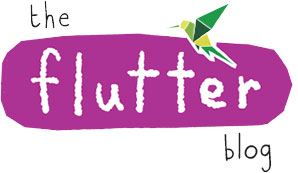

When it was time for me to transition my then 3 year old to her own bed, Pepper and I looked up beds on Google. She set her heart on a loft bed with a slide. Torn between wanting to sleep peacefully at night without being kicked and slapped by her flailing limbs and concern for her safety, I eventually chose sleep!
When the bed arrived, it didn’t seem like the ideal for a agile and active toddler. The stairs and slides looked scary. But was I going to let my own fears come in the way of her freedom to explore and test her own limits?
Settling the bar too low
Risky play involves challenges, heights, speed, dangerous tools or any form of play that has potential for injury. Risky play involves experimentation, moving past boundaries and exploring the unknown, all without knowing what the final outcome will be – thus discovering the limits of their own capabilities! Research associates these forms of play with increased physical activity levels, decreased sedentary behaviour, improved mental health, and social benefits. Throw some loose parts into the mix, and watch children create their own fantasy universes, navigating hurdles and being their own superheroes!
Research suggests that risky play has an important function: It helps children explore and conquer fears, develop confidence and reduce anxiety. Peter Gray, an evolutionary psychologist and researcher at Boston College who has studied how children educate themselves through play and exploration, argues that opportunities for children to play outside with other children have decreased over the last 60 years, leading to rising rates of anxiety and depression among children and adolescents.
I say Jump, they decide How High!
Allowing children to take risks helps them grow up to be individuals who know how to handle challenges. As they grow and develop there are going to be times when they will have to make choices about what is safe to attempt and what is not. Everytime I have found Pepper in a tight spot, unable to find her way out, I have fought the urge to step in and help. She struggled, but she had grit. Given the space to experience acceptable levels of risk, she learned to trust her own judgment. Accidents often happen when we rush them and children and lose concentration, and not just because a structure is unsafe.
Striking a balance between risk and safety?
As Pepper began to test her dexterity by walking down the slide, I held back for a moment to observe the learning that is taking place. What will she do when she loses her balance? Will she continue anyway? Watching from a safe distance, ready to step in, if she toppled, I continued observing her. She figured out her own way to the top with determination, trying again and again until she got it right. She felt a sense of mastery as she conquered her own tiny mountain.